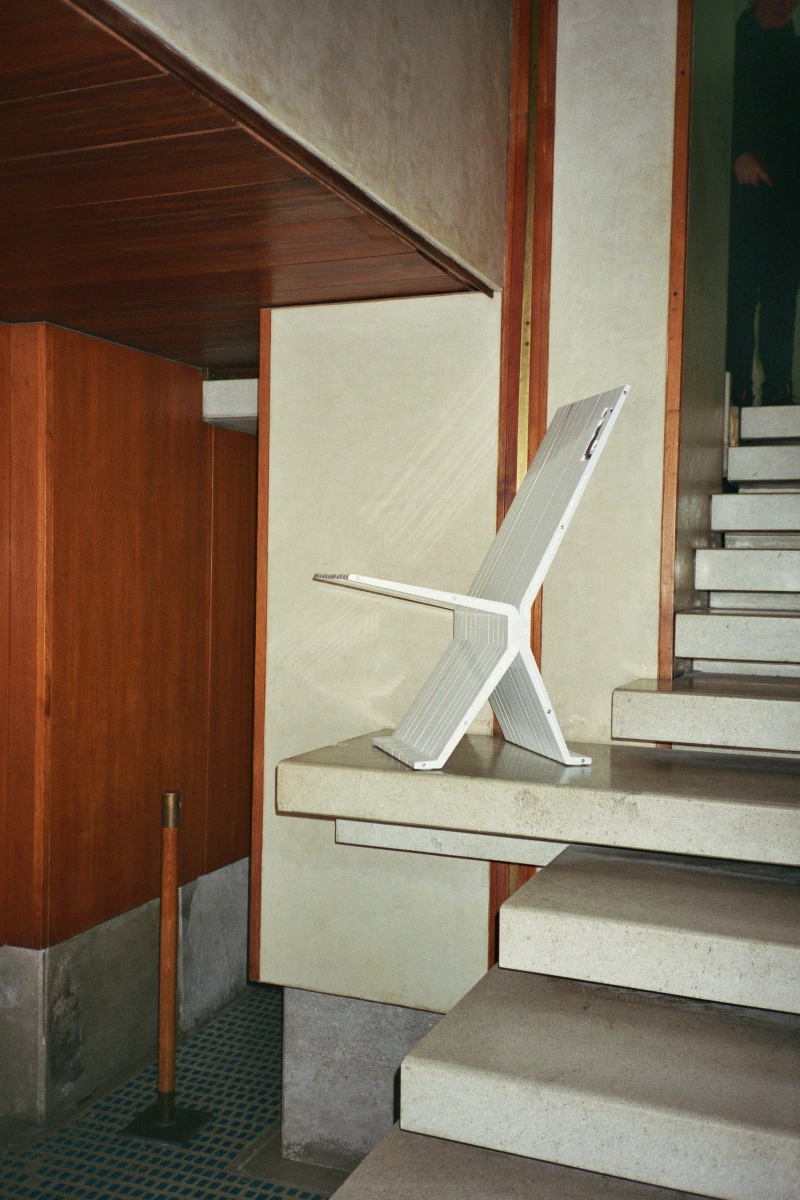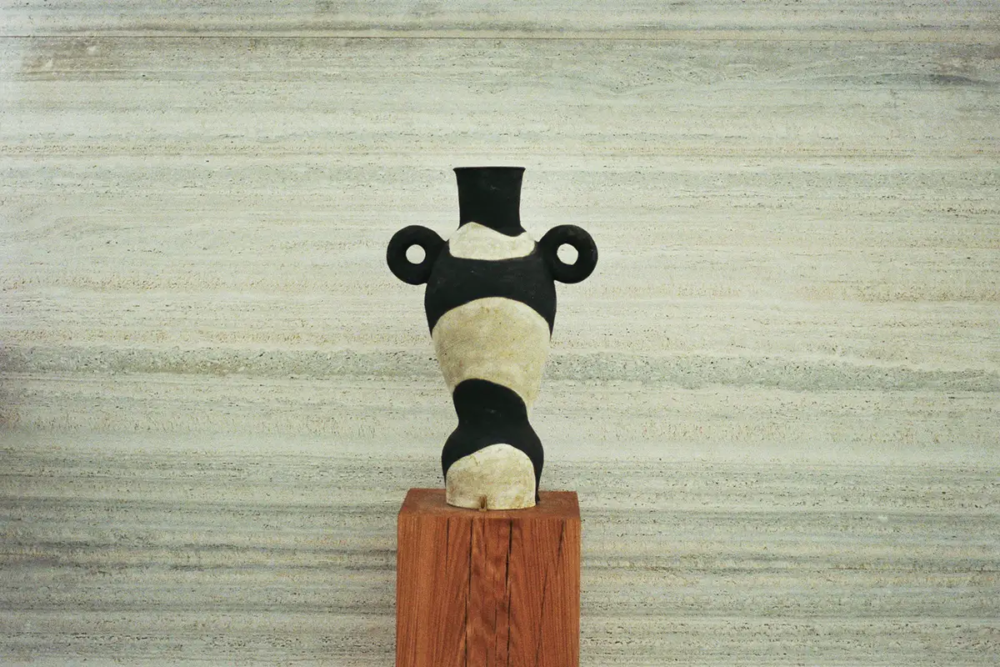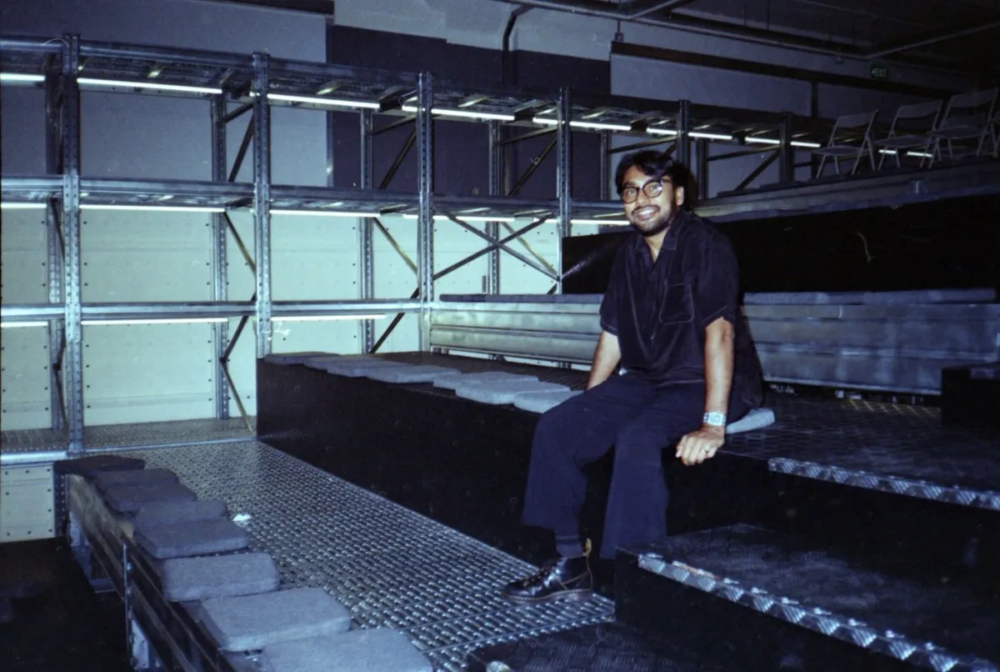
Consumerism and Built-in Obsolescence, in Counterpoint to Adriano Olivetti
An implied contradiction: Formafantasma’s reflection on consumerism and Technological Obsolescence takes place in Venice at the Olivetti store—a primary reference for the purpose economy
Built-in Obsolescence, Computers, and Storage – it’s about Apple
Apple would have us believe that each of us must, rather than merely want to, replace our computer and phone every two years. The ploy is simple: under the pretext of protecting our data, the ever-changing operating system saves our photos and other files in protected folders on the hard disk. Keeping a computer clean of this nonstop archiving procedure is no easy task—the memory fills up, the machine slows, and glitches appear.
Some of us know the minimum maintenance required; others have no clue. Those who needn’t worry are the people for whom spending another one, two, or three thousand euros is no big deal—especially when it buys a phone that takes better selfies. Credit where due: Apple, keenly aware that it is easier to squeeze money from the rich than pry it from the poor, focuses on the former — dismissing the latter to a bland indifference.
Olivetti, Venice: Carlo Scarpa’s Store—Formafantasma’s The Shape of Things to Come, the exhibition curated by Bartolomeo Pietromarchi
Here we are beneath the arcades of St. Mark’s Square in Venice. The Olivetti store—now owned by Generali and entrusted to the FAI—occupies only a few square meters, yet Carlo Scarpa’s 1957 design remains a touchstone of ethical industrialism and enlightened personnel management. The staircase, which legions of amateur architects try to copy – that staircase is so famous – it could cost a fortune in contractors and prefab concrete, yet there is no change to attain its refinement. Those amateur architects deceive their wealthy clients who, dulled by the very phones we just mentioned, applaud the ugly copycat and keep on paying.
Curated by Bartolomeo Pietromarchi, the exhibition The Shape of Things to Come revives Formafantasma’s 2017 project Ore Streams: furniture and accessories fashioned from tech-industry scrap. Beyond its design flair, the show delivers an anti-consumerist message, staged inside the Olivetti store—the primary Italian icon of any purpose economy. The point is clear: today’s computers are engineered to break – whereas Olivetti’s typewriters reshaped post-war Italy in the economic boom of the Fifties. When Adriano Olivetti died of a cerebral hemorrhage aboard a train on February 27, 1960, the city of Ivrea canceled its centuries-old Carnival in mourning for the man who provided good work to 36,000 employees.

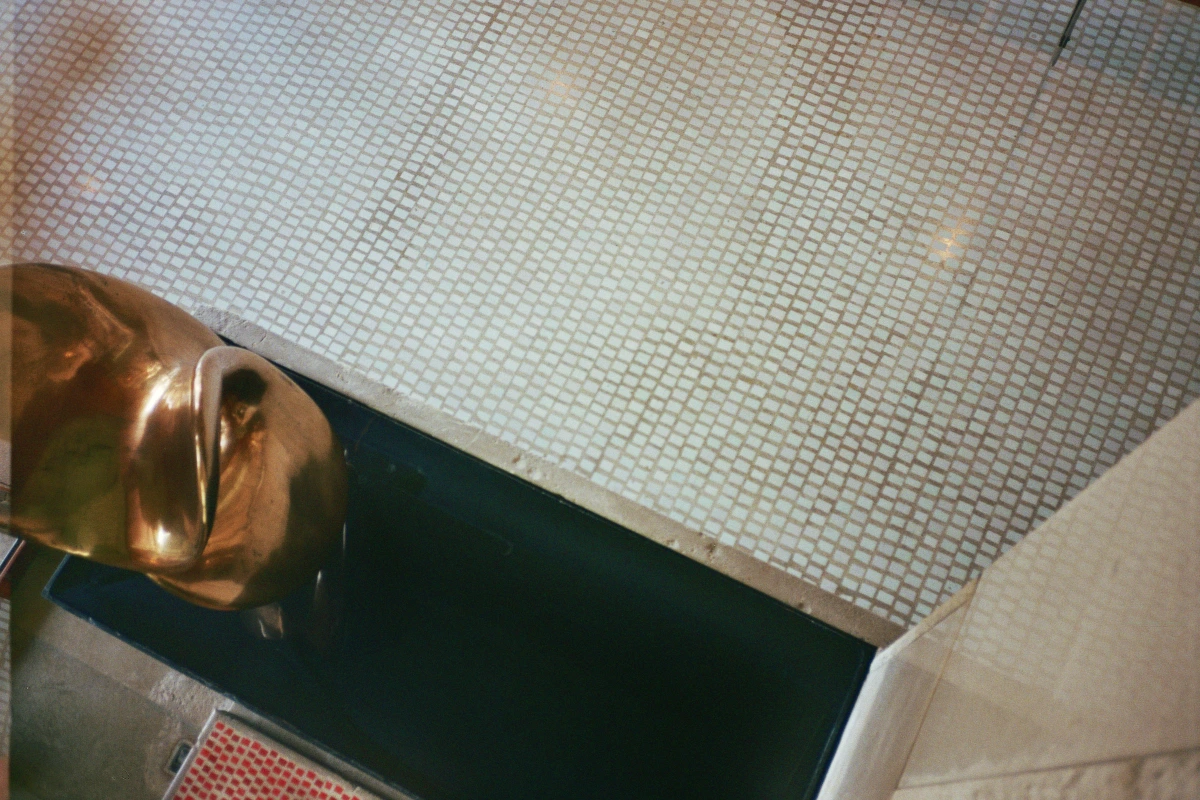
Definition of Built-in Obsolescence
Built-in obsolescence is the deliberate conception of products with a limited lifespan so they become obsolete, break down, or deteriorate earlier than necessary, forcing consumers to replace them frequently.
A placard at the exhibition entrance—on the very threshold of the Olivetti store—reads: Technological development and production serve not only as instruments for capital accumulation but also as means for social and cultural progress. It may sound utopian—or naïve—but here, under Scarpa’s roof and Olivetti’s legacy, a dream still has a chance to shrink into commercial reality.
British Standards Institution Research
A recent British Standards Institution study reports growing unease among young people about digital life, especially social media. One headline figure: 68 percent of respondents aged 16–21 believe the time they spend online harms their health.
Formafantasma’s installation touches many objects, from light bulbs to printer cartridges. The concern of the one who writes ignite over the Built-in obsolescence of every tech tool we use today – yes, it’s a given standard. The concern becomes rage when that obsolescence is linked to our obsessive phone use. Other essays note that the social, sociological, and neuro-psychiatric damage is caused not by the internet itself, nor even by social media per se, but by the smartphone.
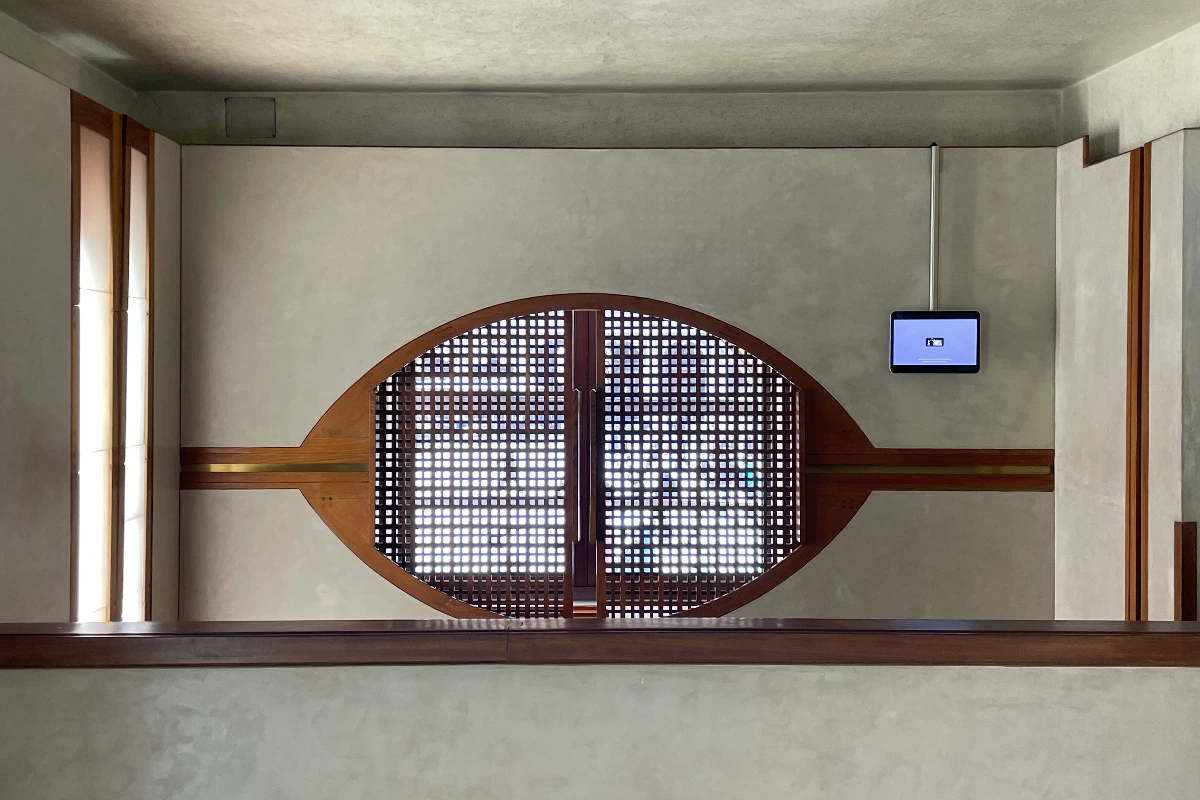
Social Media and Attention Deficit Disorder
Glucose monitoring and contactless payments, the alarm clock and the morning paper, our failing professional path, random hook-ups and archived lovers’ quarrels—we can no longer live without a phone warm in our pocket. Only through this now-inextricable symbiosis does the phone offer us the apps that fog our brains, wreck our focus, and ratchet up Attention Deficit Disorder in the young—and in us, whether we call ourselves adults or seniors.
The British Standards data could signal a welcome awakening in younger generations. Shift the lens from humanist Europe to regions where consumerism rules—America, China, India—and that awakening looks increasingly utopian.
What I aim to show—hardly without rancor, hopefully with references and links—is that the Built-in obsolescence of our everyday gadgets, especially the smartphone, runs parallel to and reinforces our own cognitive obsolescence. Some teenagers dream of a world without the internet, without knowing what that world was. Simply—without melodrama—shall we learn to forget the phone instead of buying the latest, ever-cooler model?
The more we use the phone, the more we destroy ourselves—no trouble for the phone, Apple or Samsung will sell us another one. Before closing, let us return to Adriano Olivetti’s purpose economy. In 1953 he opened a plant in Pozzuoli—then an abandoned area outside Naples—paying wages above the market average and providing family assistance to every worker. Productivity at that outpost soon eclipsed that of the leading factory in Ivrea.
